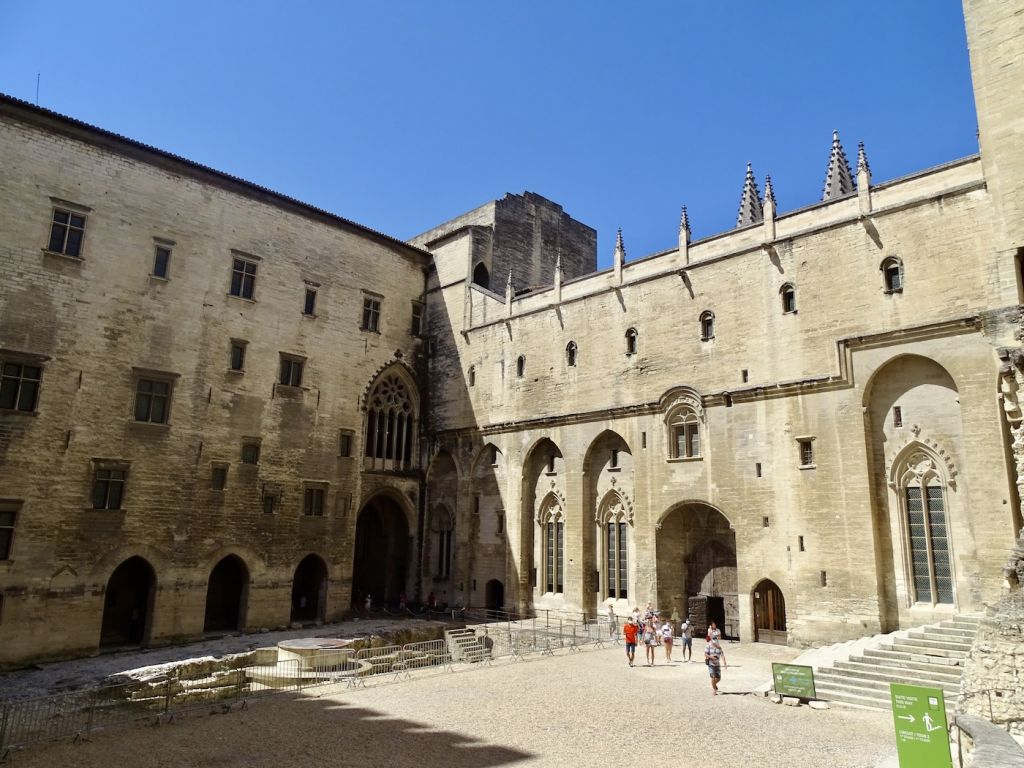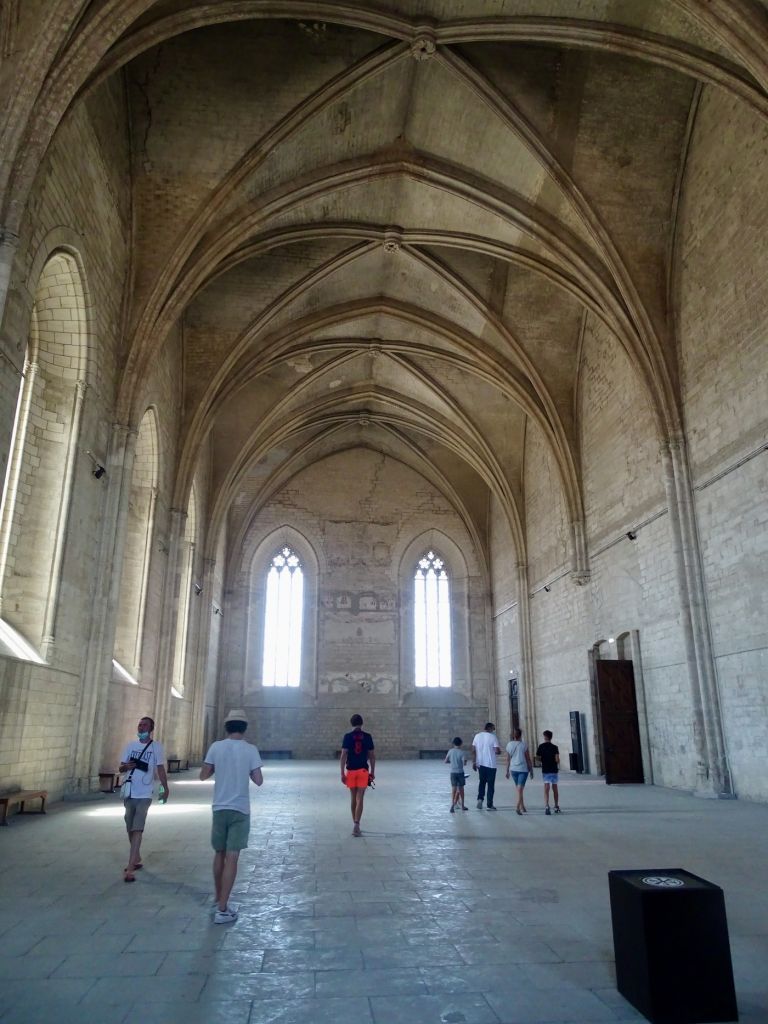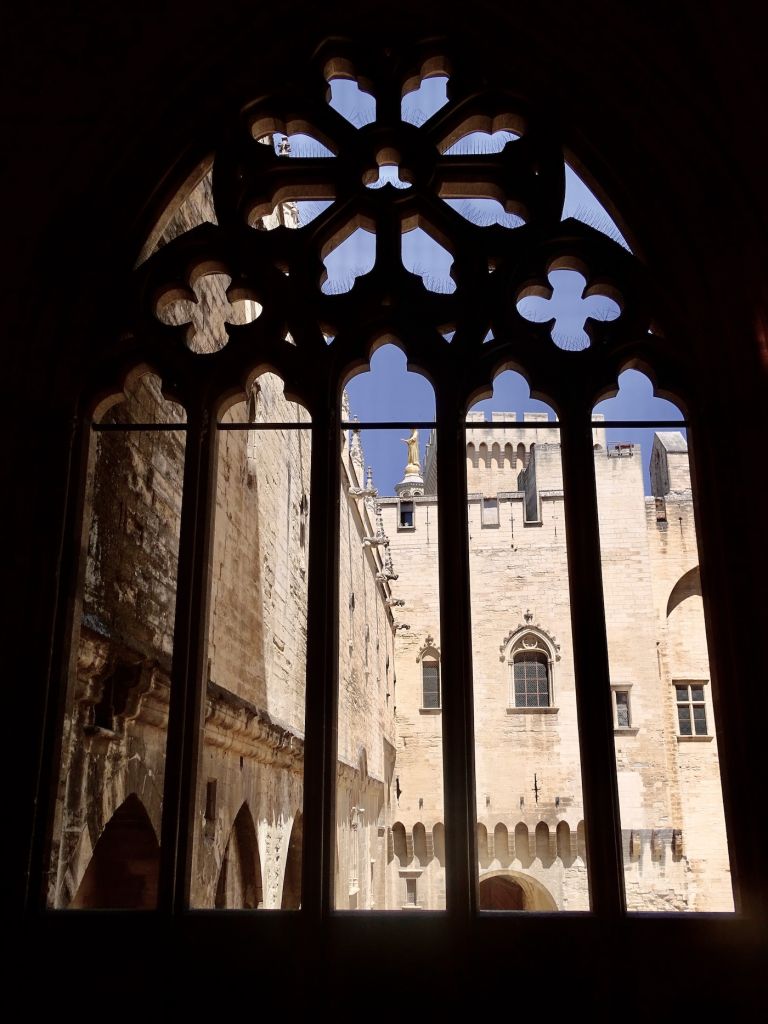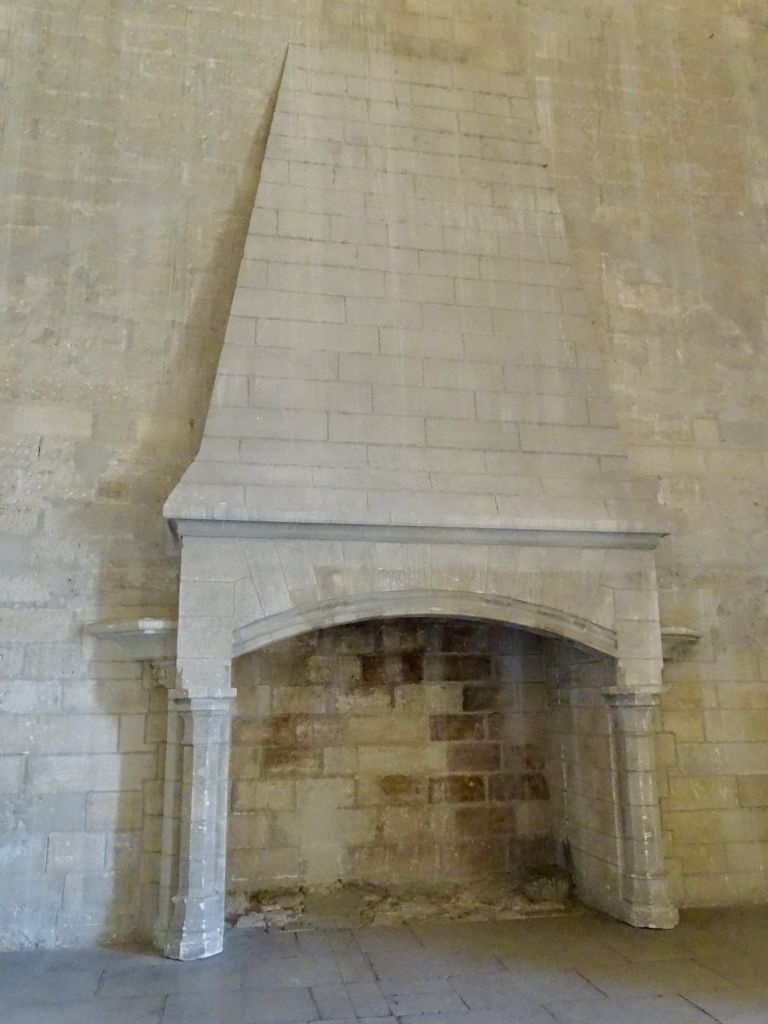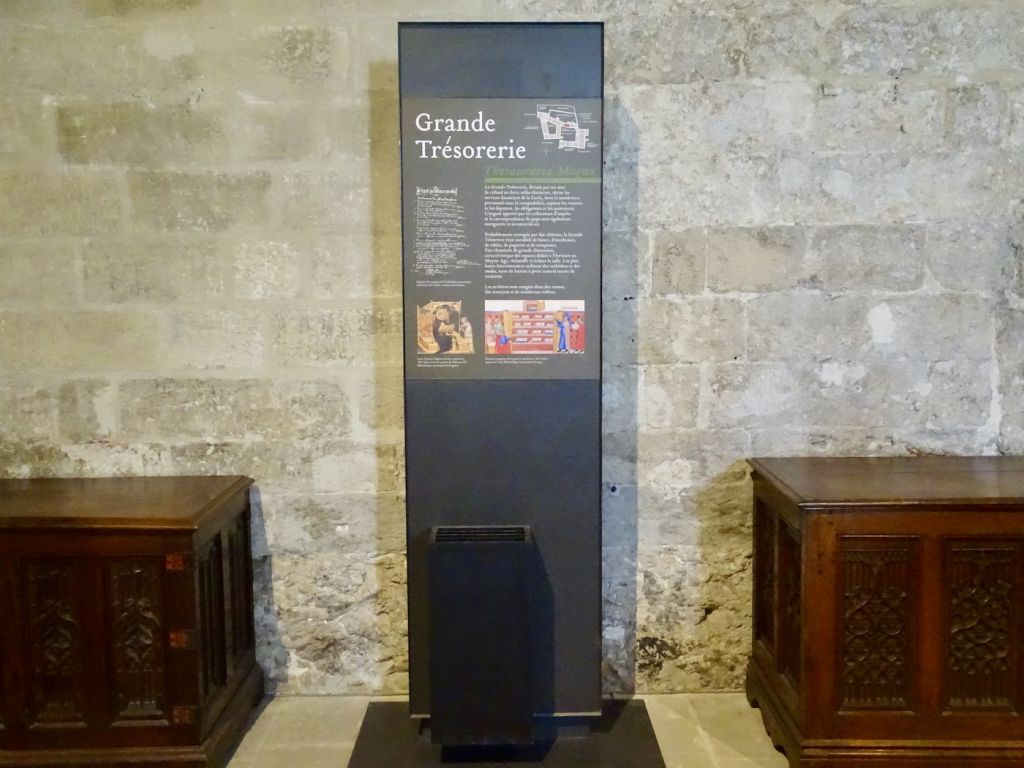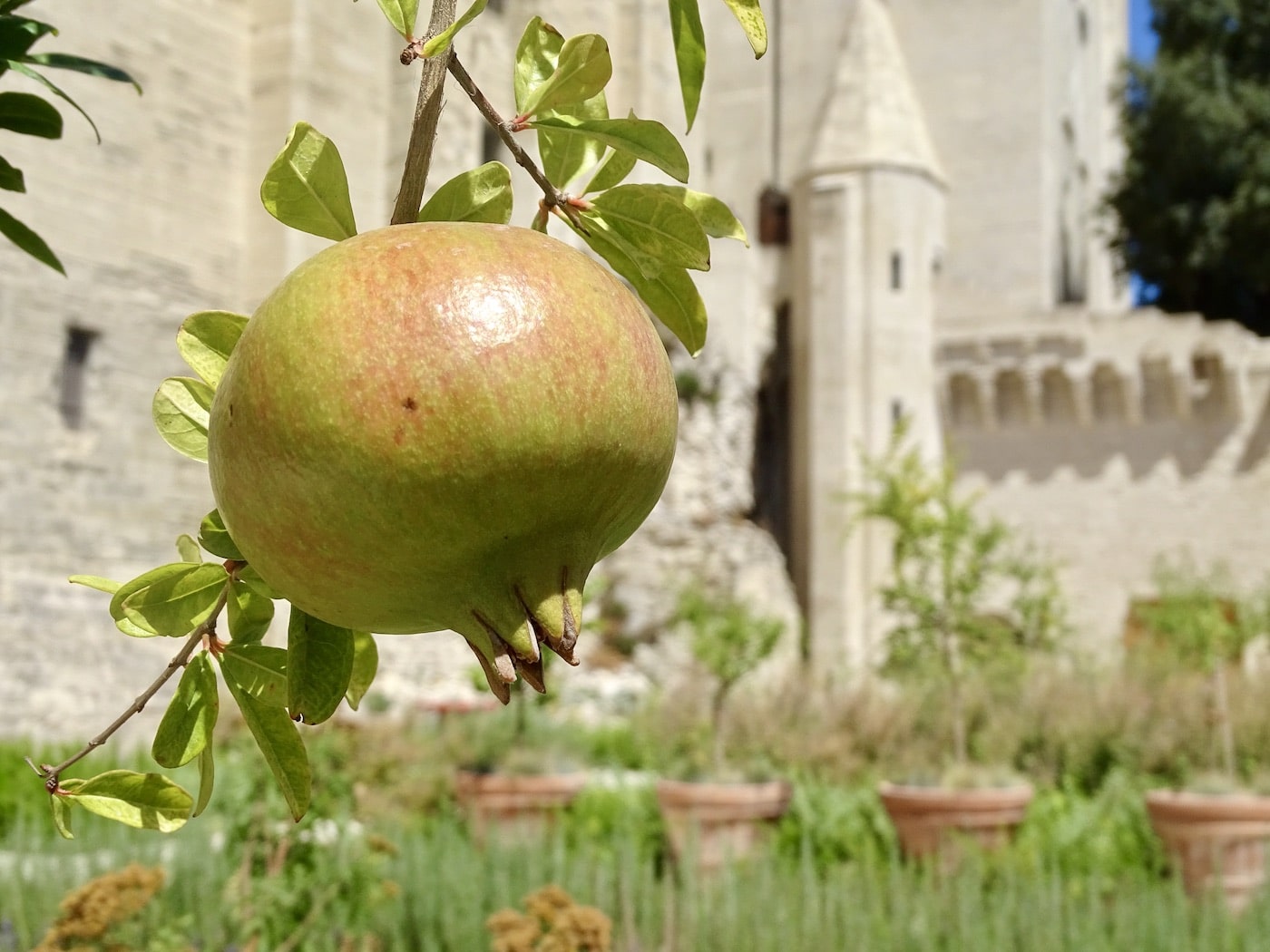The Palace of the Popes or Palais des Papes in French is a clear image of the money and power of the Catholic Church during the Middle Ages in Europe. This palace, located in Avignon in the South of France, is huge! In fact, it is the biggest medieval gothic palace in the world.
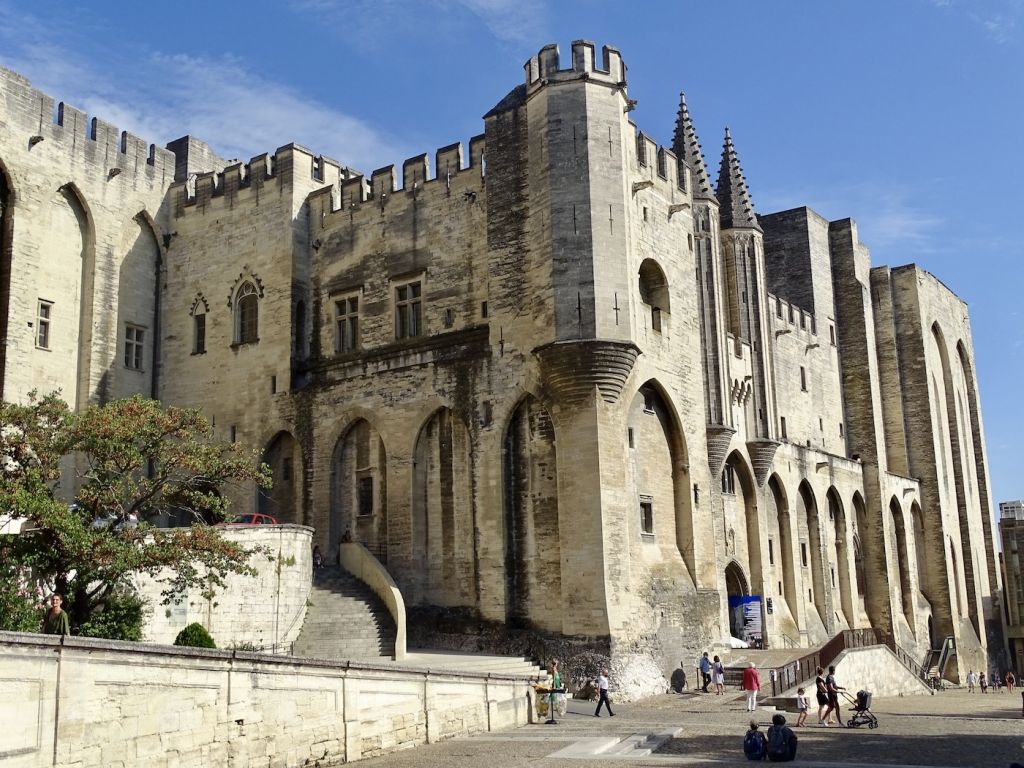
Visit the Palace of the Popes
I went to visit the Palace of the Popes after the COVID pandemic. The line was moving quite slow and they would only let one person of our group buy the tickets. We didn’t know, but it is possible to buy the tickets on the palace’s website. Using the mask was mandatory and it was insanely hot in August, so the visit seemed like we were in a sauna. This palace is open every day from 10 a.m. to 6 p.m. and it costs between €10-12 (2020 prices). You can also get a combo ticket that combines the palace with the Pont d’Avignon. The history of both places is interrelated.
Booking.com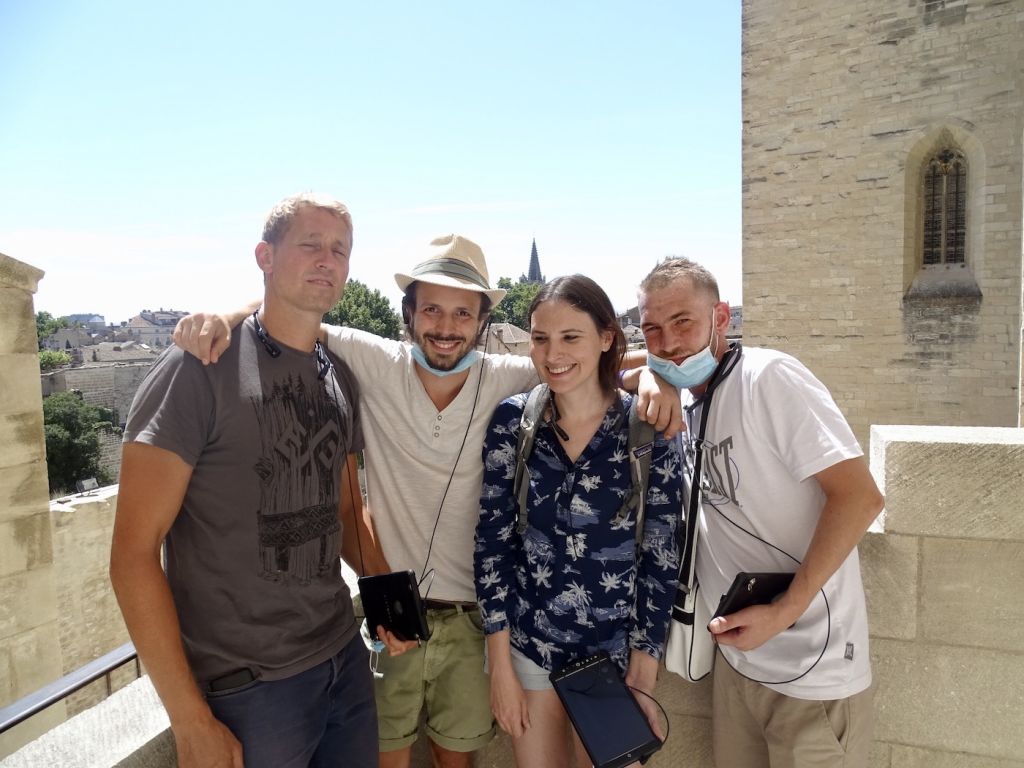
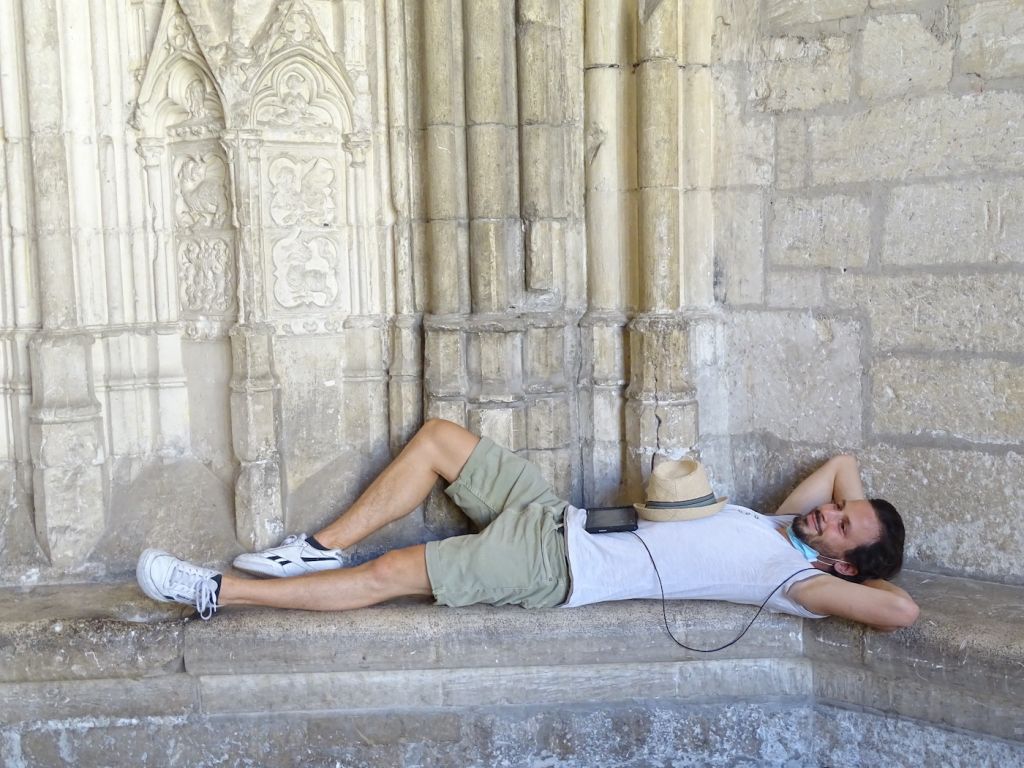


This palace is one of the 10 most visited monuments in France receiving 650,000 visitors per year. Plan to spend between one and three hours. There are 15,000 square meters of living space, which would be the equivalent of four Gothic cathedrals.
During your visit you will get a tablet that is called “Histopad”. Taking into consideration that most rooms are completely empty, creating this virtual reality tour on a tablet was a very good idea. The technology is impressive, with 3-D and augmented reality showing how the Palace of the Popes looked over 800 years ago. It was ridiculously opulent, especially the enormous banquets that served peacocks with their heads on platters.
The tablet has geolocalización to start the narrative when you enter the room. In other rooms you will have to scan a circular code. A cool option is the selfie that you can take with different backgrounds. Get dressed as a princess or a knight and send it to your email. You can ask for the tablet in seven different languages and there are special tablets for children and handicapped visitors.
What to see in the Palace of the Popes?
During the tour you can explore 20 rooms which form part of the palace. The Papal apartments are some of the most impressive rooms since they still have frescoes painted by the Italian artist Matteo Giovannetti.
From 2018, it is possible to visit the exterior gardens of the palace called Urban V Orchard. Starting in 2020, visitors can also go to the Papal Garden that is directly connected to the Papal apartments. In the time of the Popes, the Roma building stood in that spot. Now there are plenty of Mediterranean plants, a fountain and a monumental pergola.
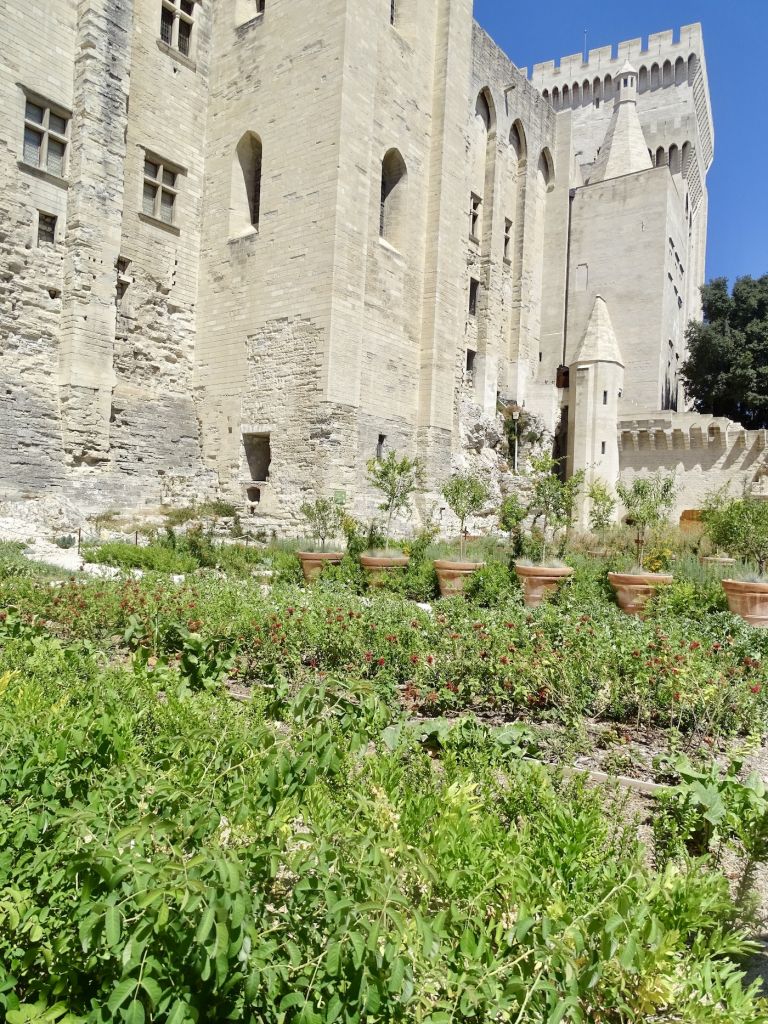


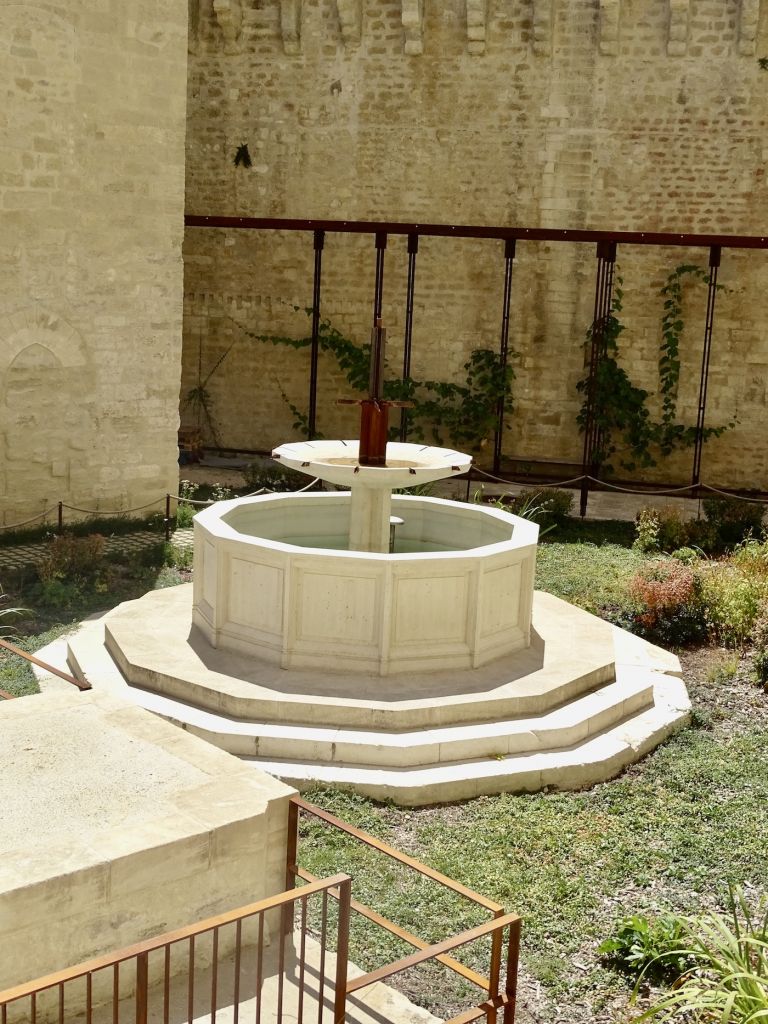
When we went there was also a giant ape statue and some pictures which made no sense.
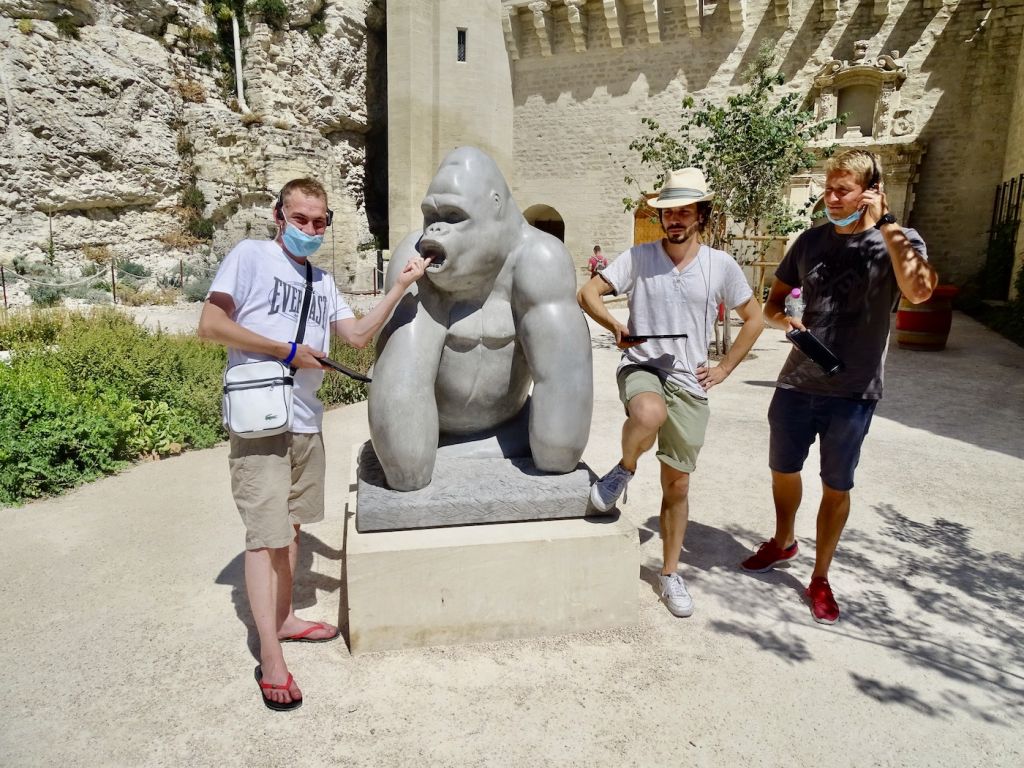
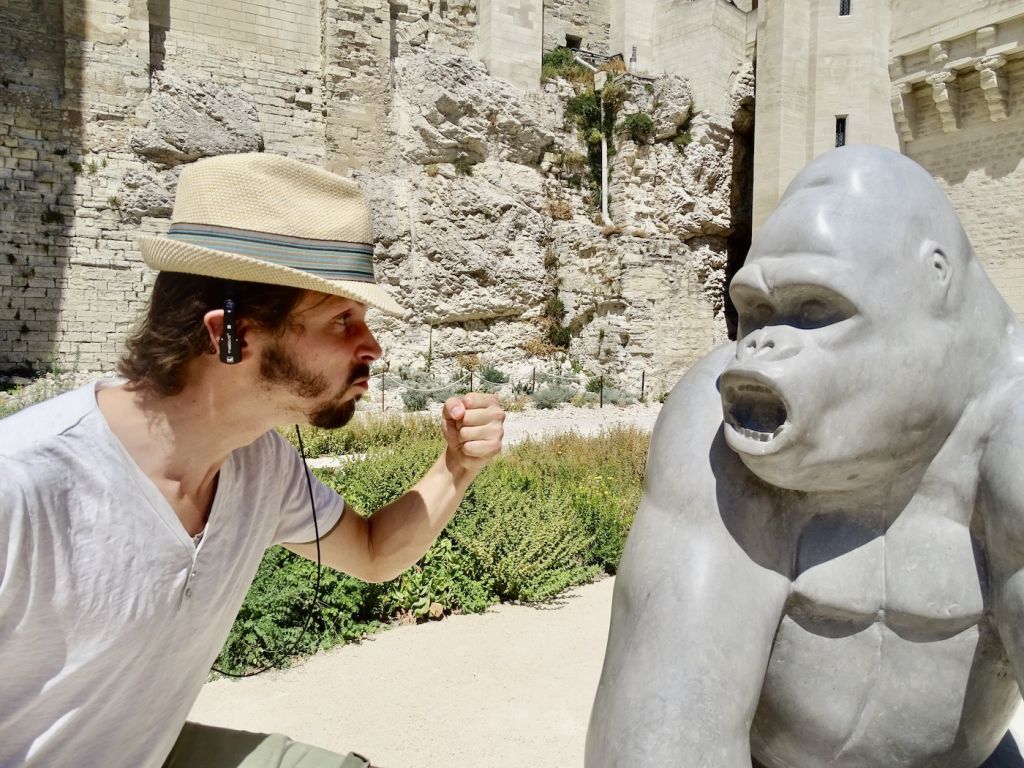
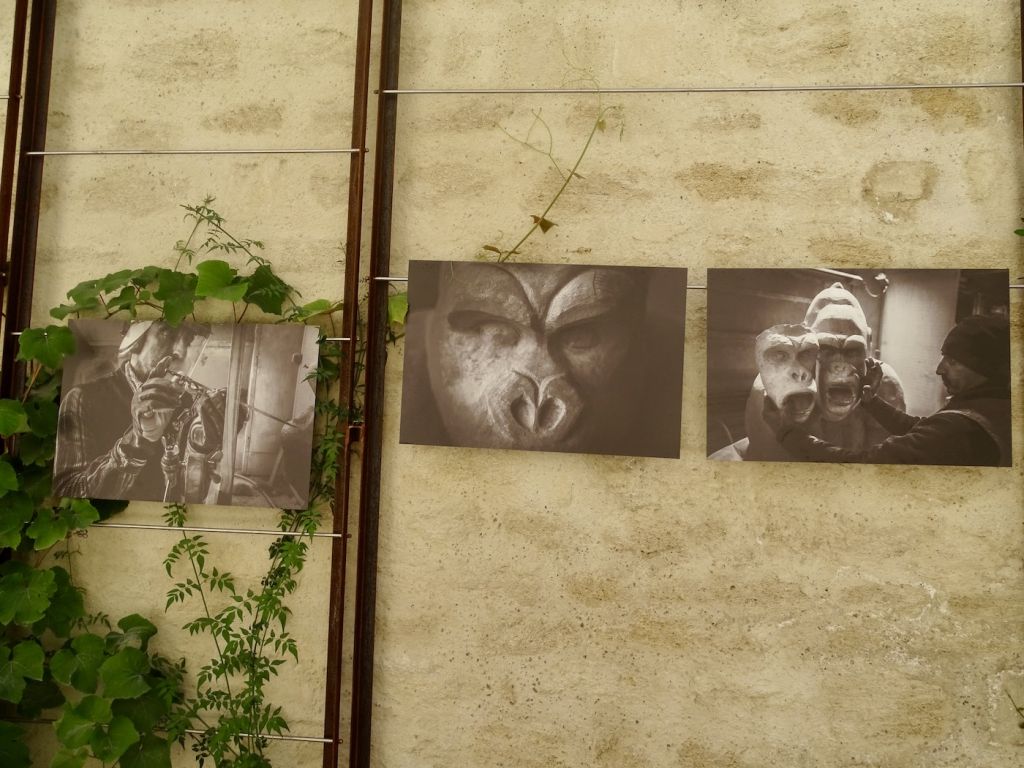
A big art exhibition takes place in the Great Chapel during summer. The main courtyard is an open-air theatre which is part of the famous Avignon Theatre Festival. From mid-August to early October the Palace of the Popes participates in the Luminescences video and sensorial show. This is also done in other parts of the city. Make sure to check out their website since they have cultural events, tours, exhibitions and concerts throughout the year.
Why did the Popes Move to Avignon?
Avignon is known as the City of the Popes because of the Avignon Papacy which lasted from 1309 to 1376. Back then Avignon was part of the Holy Roman Empire. In 1271, Alphonse of Poitiers gifted a piece of land in the south of France to Pope Gregory X. This land, on the eastern side of the Rhône River, was known as the County of Venaissin. Avignon was not part of this original gift, but was later bought in 1348 from the countess Jeanne de Provence. This city was particularly important because of its strategic location on account of the famous “Pont d’Avignon” bridge. All of this area stayed as part of the Papal territory until the French Revolution (1789 – 1799) when it was incorporated into France.
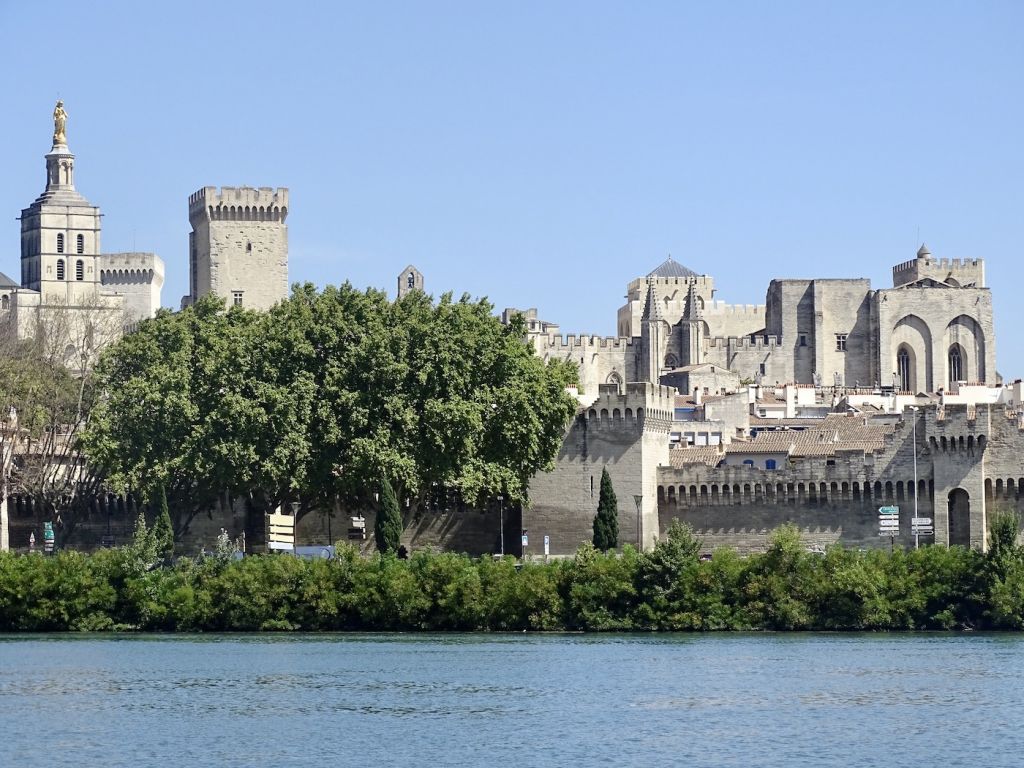
Back then popes were the head of the Catholic Church and the Bishop of Rome. Them and other high profile religious leaders used to rule areas and were big players in the geopolitics of Europe. Many came from royalty or wealthy families, having land and even armies. A conflict arose between the papacy and the French crown when Philip IV of France (the same that built the Tour Des Valois in Sainte-Colombe to threaten Vienne) arrested and mistreated Pope Boniface VIII, ultimately leading to his death.


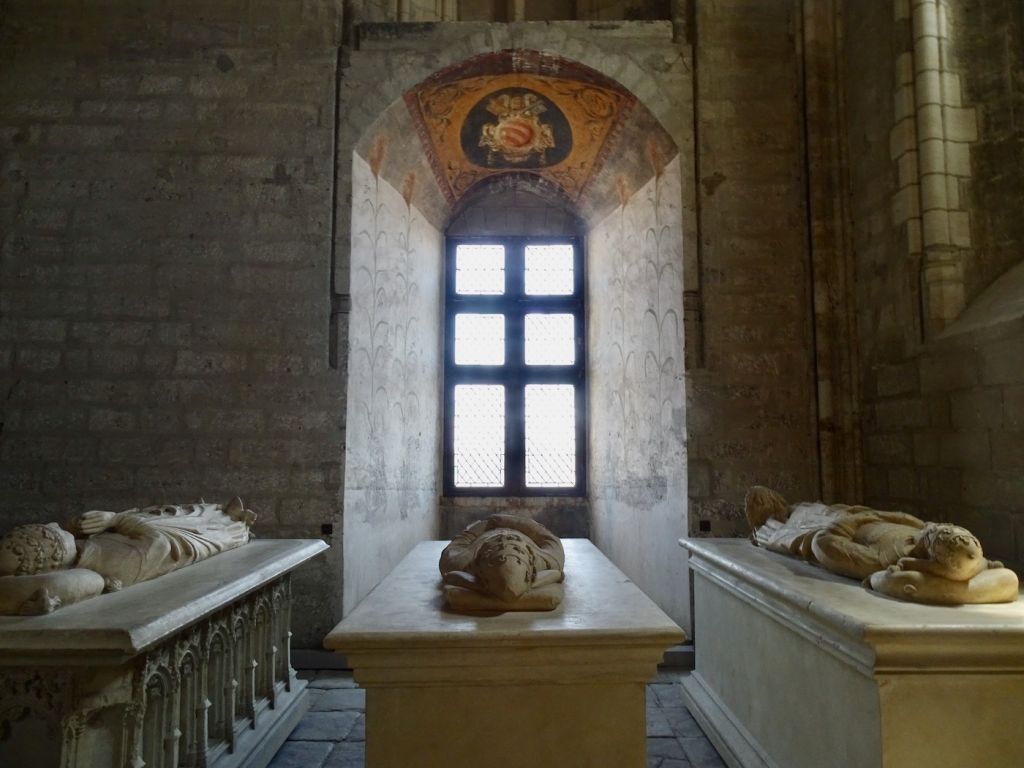
King Philip IV forced a conclave to elect the French Clement V as pope in 1305. The new pope refused to move to Rome and in 1309 moved the court to Avignon. This pope was the same that abolished the Knights Templar in the Council of Vienne in 1311. During this period, all seven popes that ruled from Avignon were French and were under the influence of the French Crown. In 1378, Gregory XI left Avignon to move back to Rome, but he died that same year. After there was a second line of Avignon popes, which were considered illegitimate, so they are known as antipopes or Western Schism. Two of them lived in Avignon from 1378 to 1403.
Palace Construction
In 1316, Pope John XXII started remodeling and enlarging the Bishop’s Palace where Pope Clement V had resided in Avignon. His plan turned the building into a fortified palace. What is currently seen is actually two joint buildings. The old Palais was built by Benedict XII (1334–42) over an area that was naturally rocky. This palace was more austere, focusing more on the cloister and fortification with four wings with high towers.
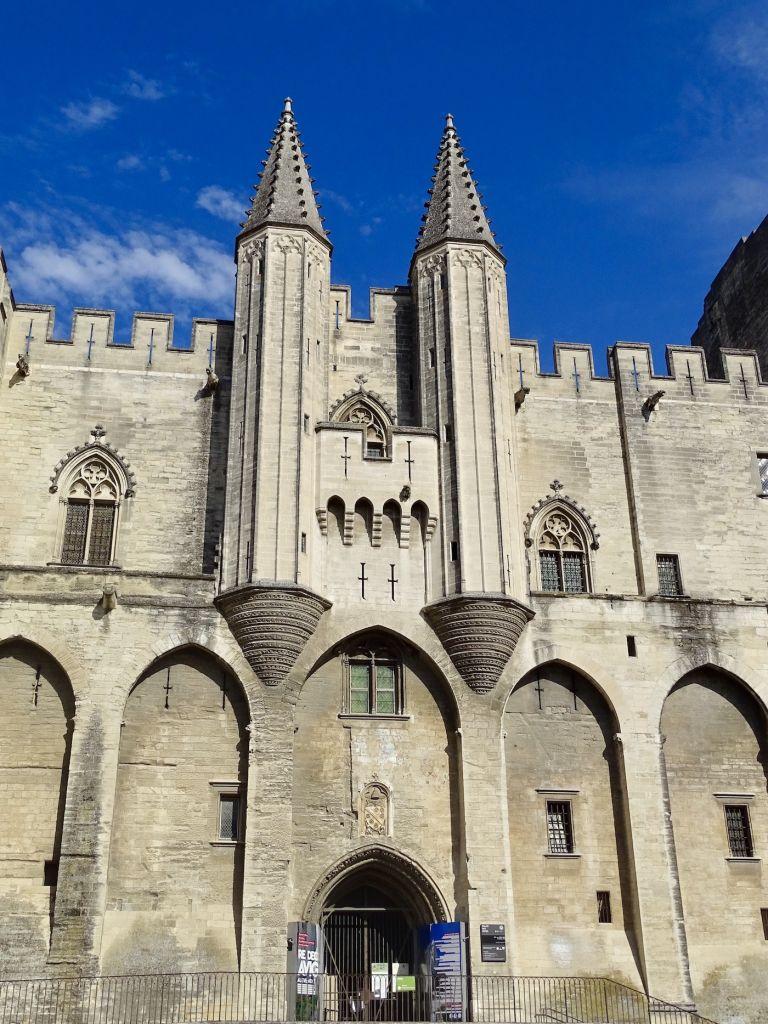

The new Palais was the creation of Clement VI, a very extravagant Pope that liked the good life. He built a new tower and adjoining buildings, including a Grand Chapel that was 52 meters long. Pope Innocent VI built two more towers and Pope Urban V completed the main courtyard. During this time the interior of the building was lavishly decorated with frescos, paintings, tapestries, sculptures and wooden ceilings. Some of these still remain.
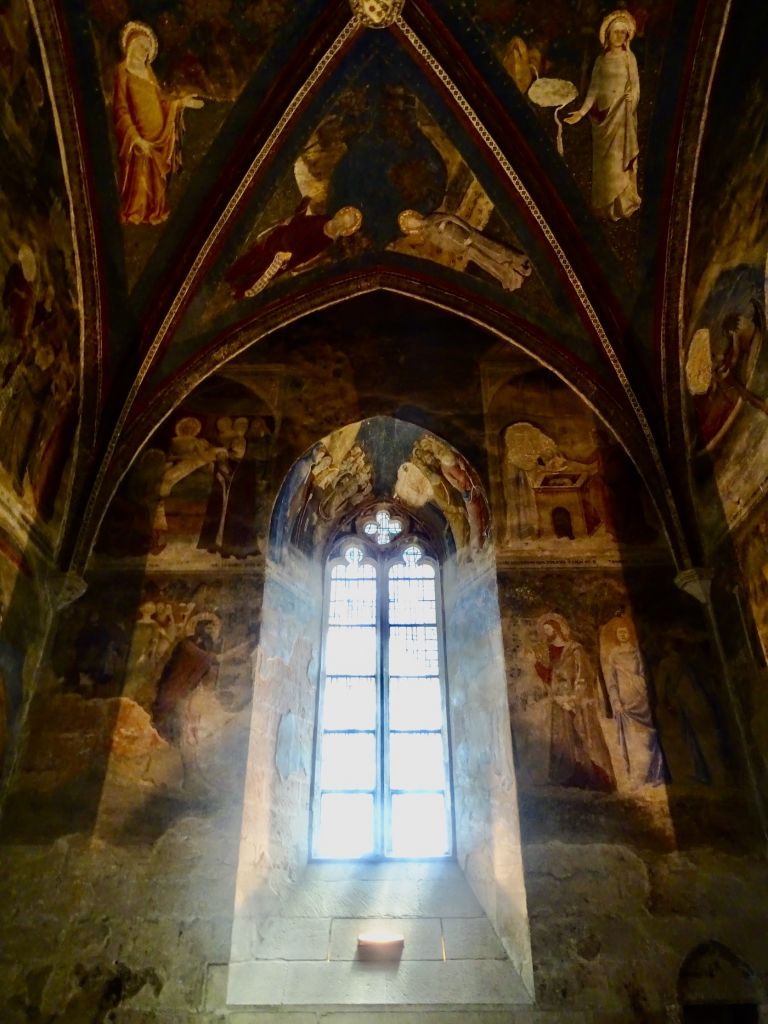
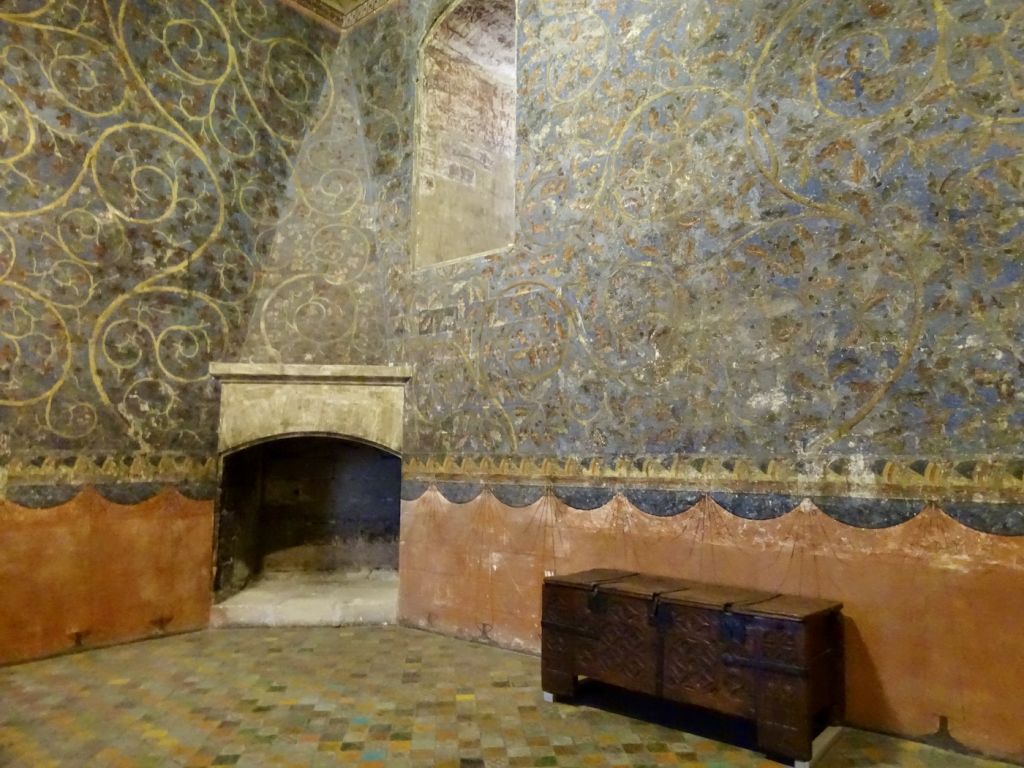
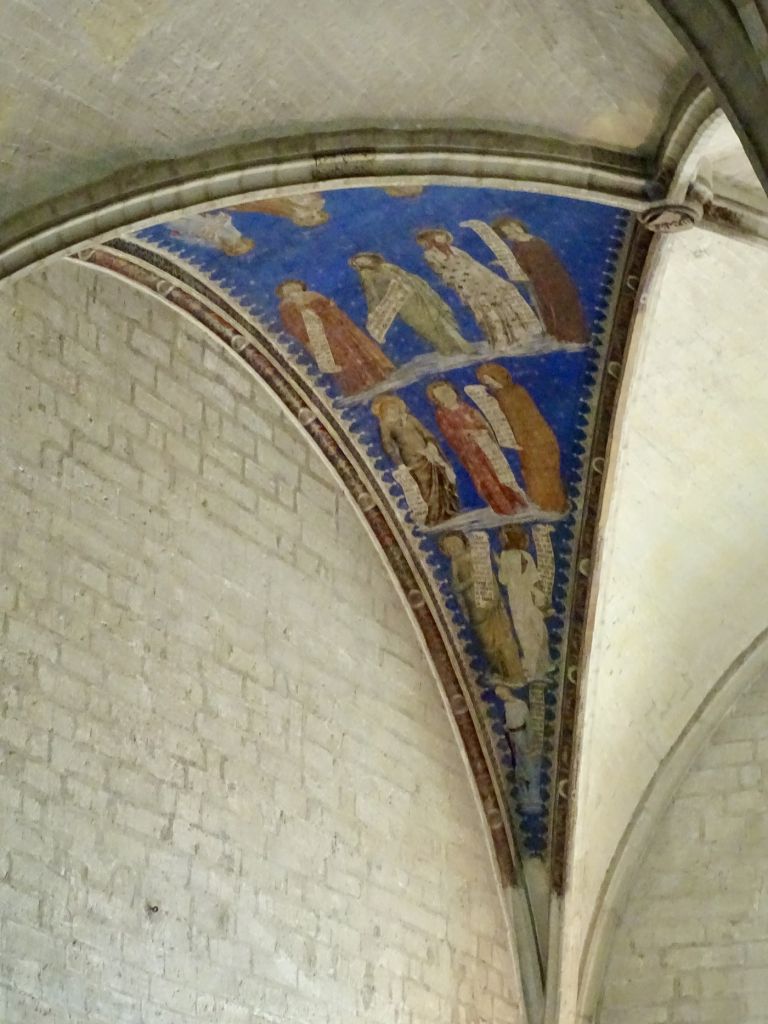
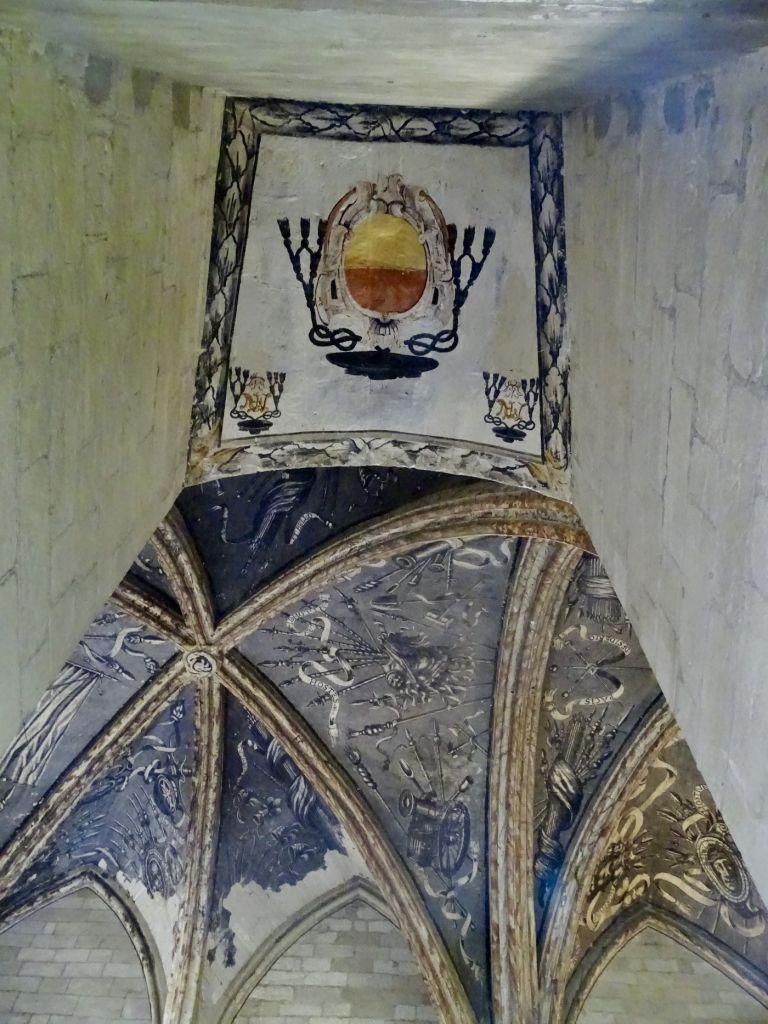
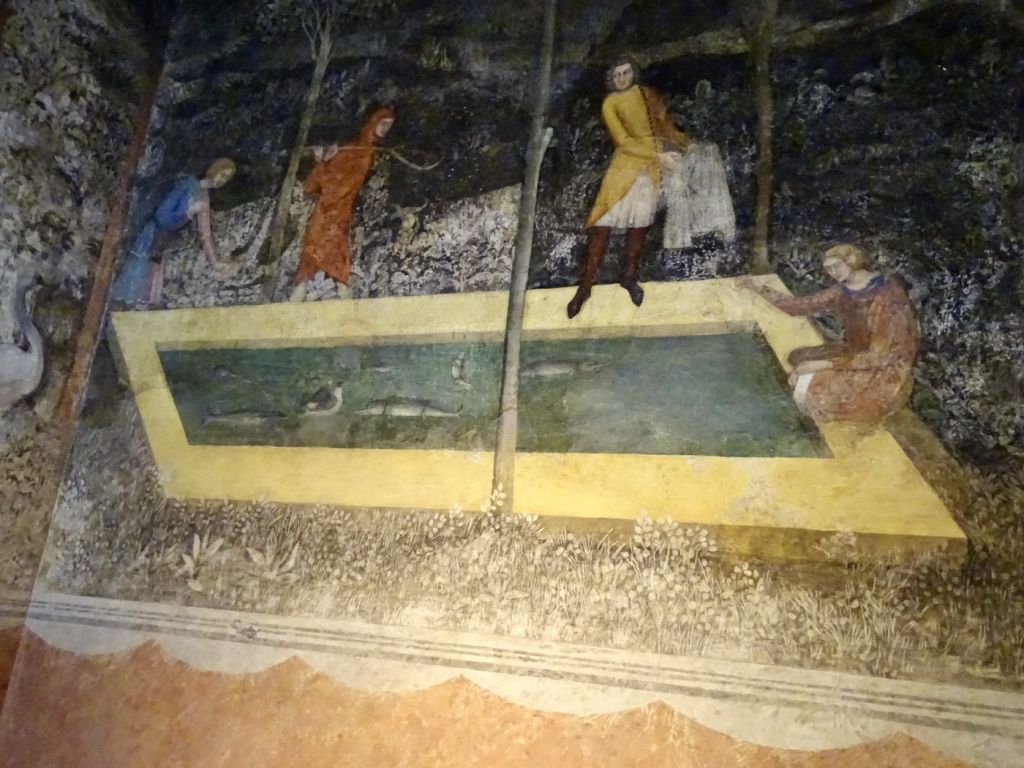



As previously mentioned, the city of Avignon and the Palace of the Popes remained under papal control for 350 years later until the French Revolution in 1789. By this time the building was in very bad shape since maintaining it cost quite a lot of money. In 1791 it became a place to massacre the counter-revolutionaries and then it was taken over by the Napoleonic French state. They used it as military barracks and a prison. This is when the building was truly destroyed since the Third Republic was anti-clerical.
Finally, in 1906 it was vacated to be turned into a national museum and has been in constant restoration ever since. UNESCO gave the Palace of the Popes a World Heritage Site designation in 1995.

